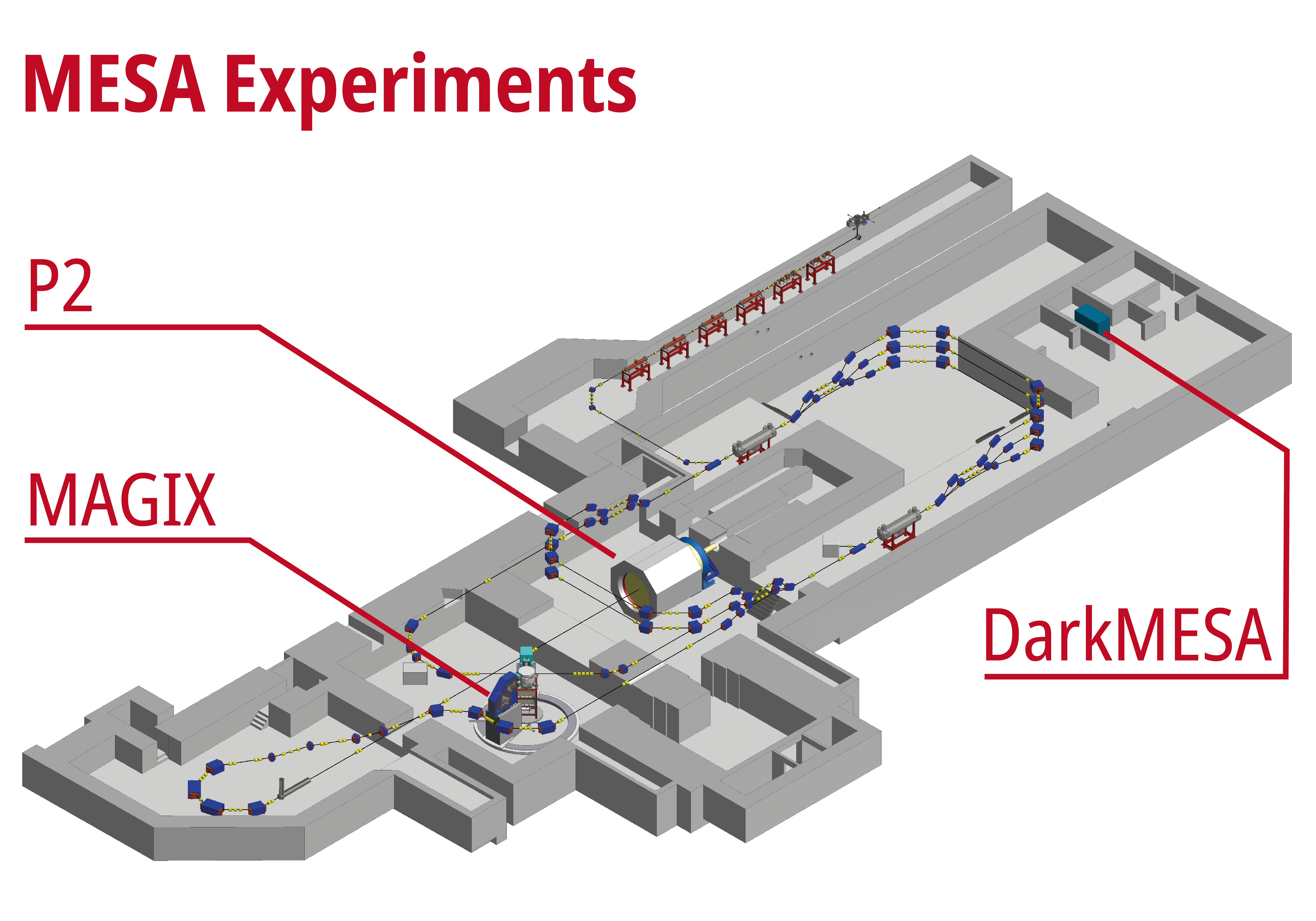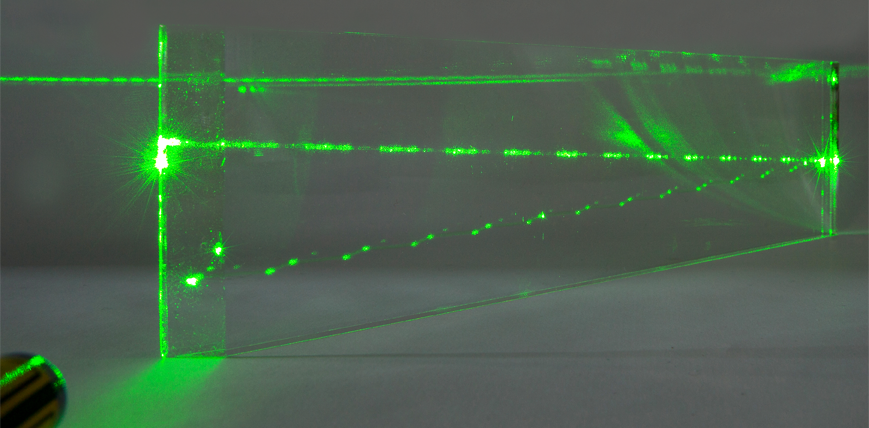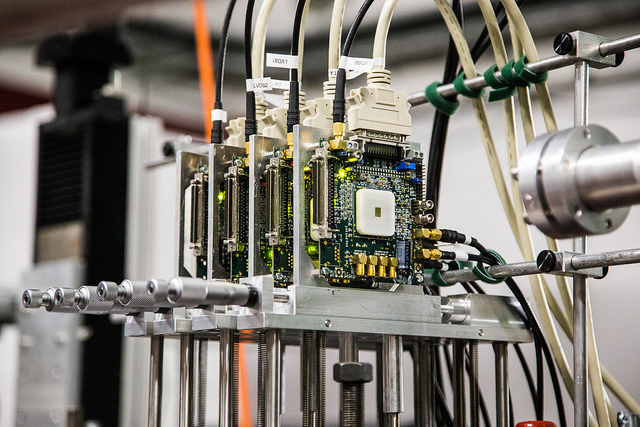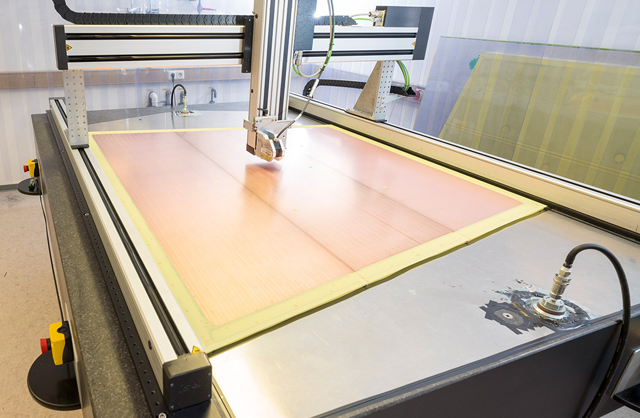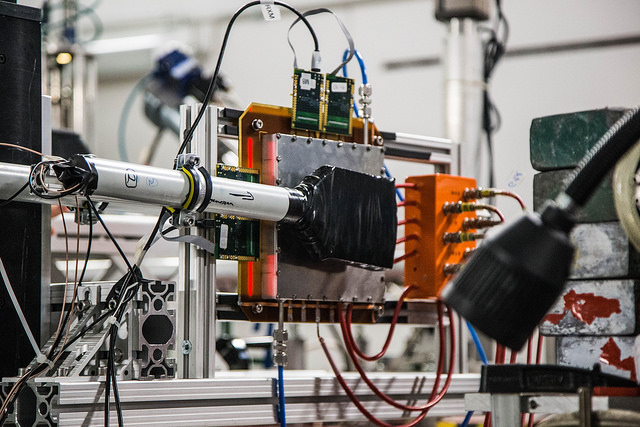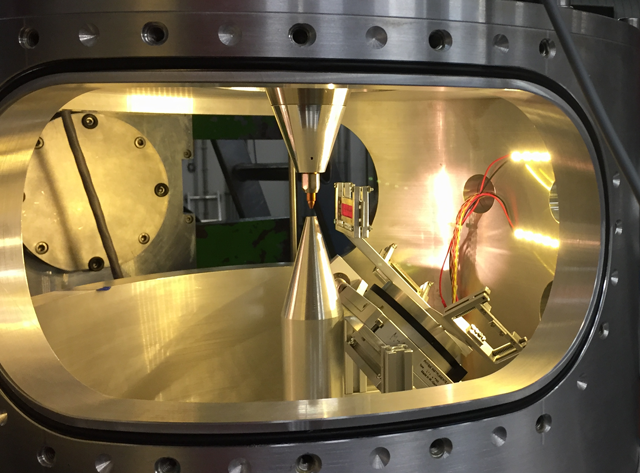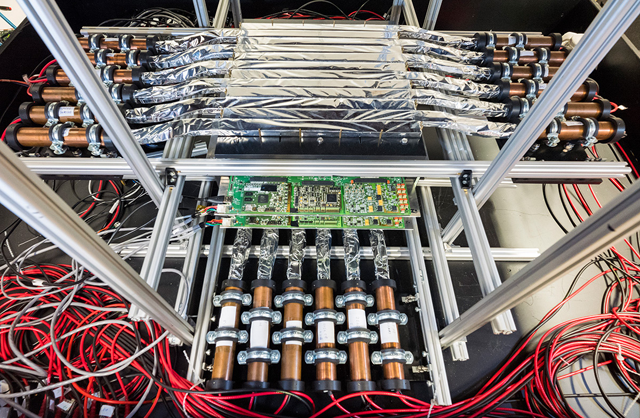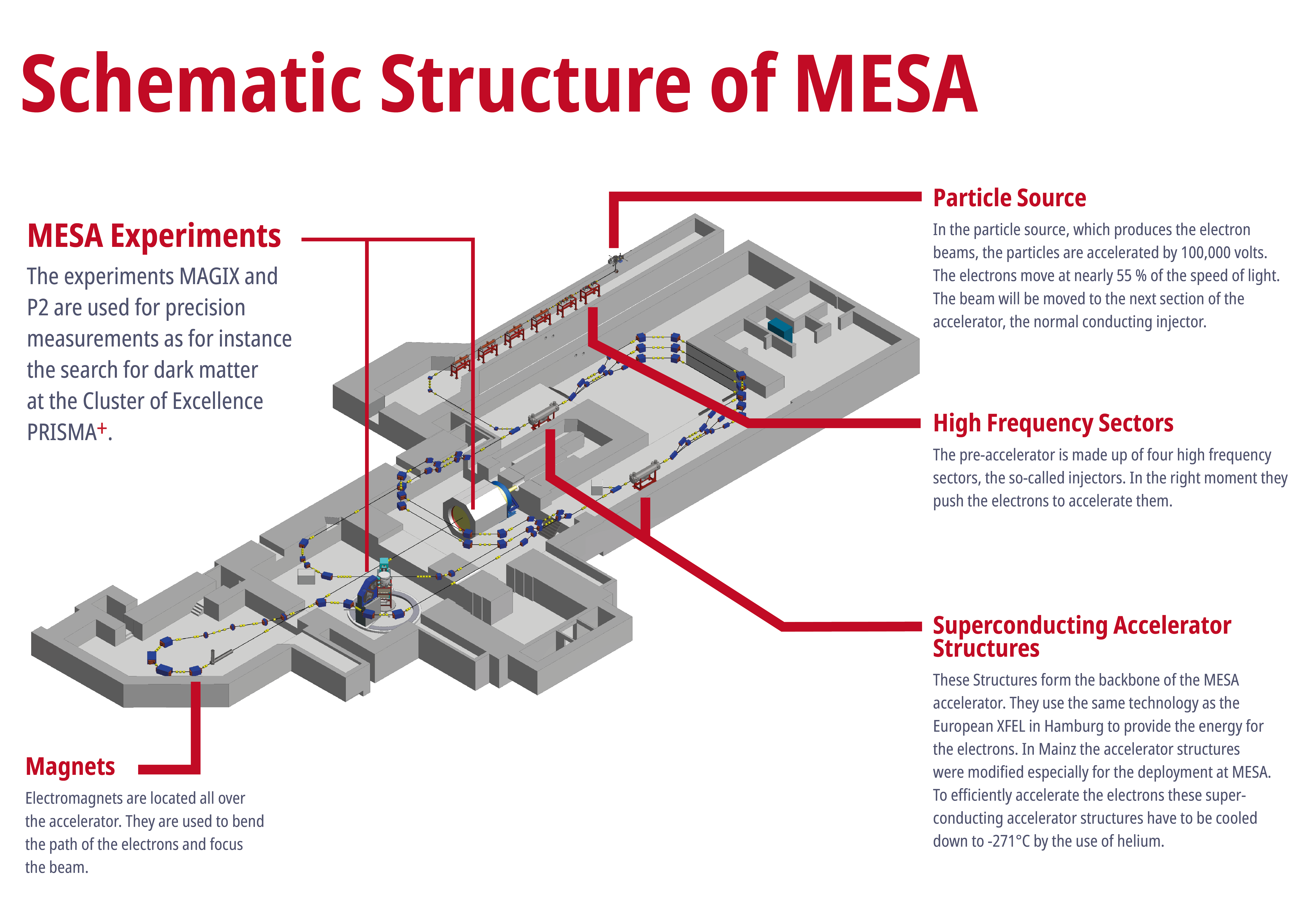Covering the superconducting cavities before starting the radio-frequency test
After successfil cooldown of the MESA cryomodules the next experiments will be the high power radio-frequency tests including the measurements of the quality factors of the used superconducting cavities. As x-ray and gamma-rays can occur in high field operation, prior to the planned activities the radiation shielding of the module using lead and concrete blocks had to be completed.



